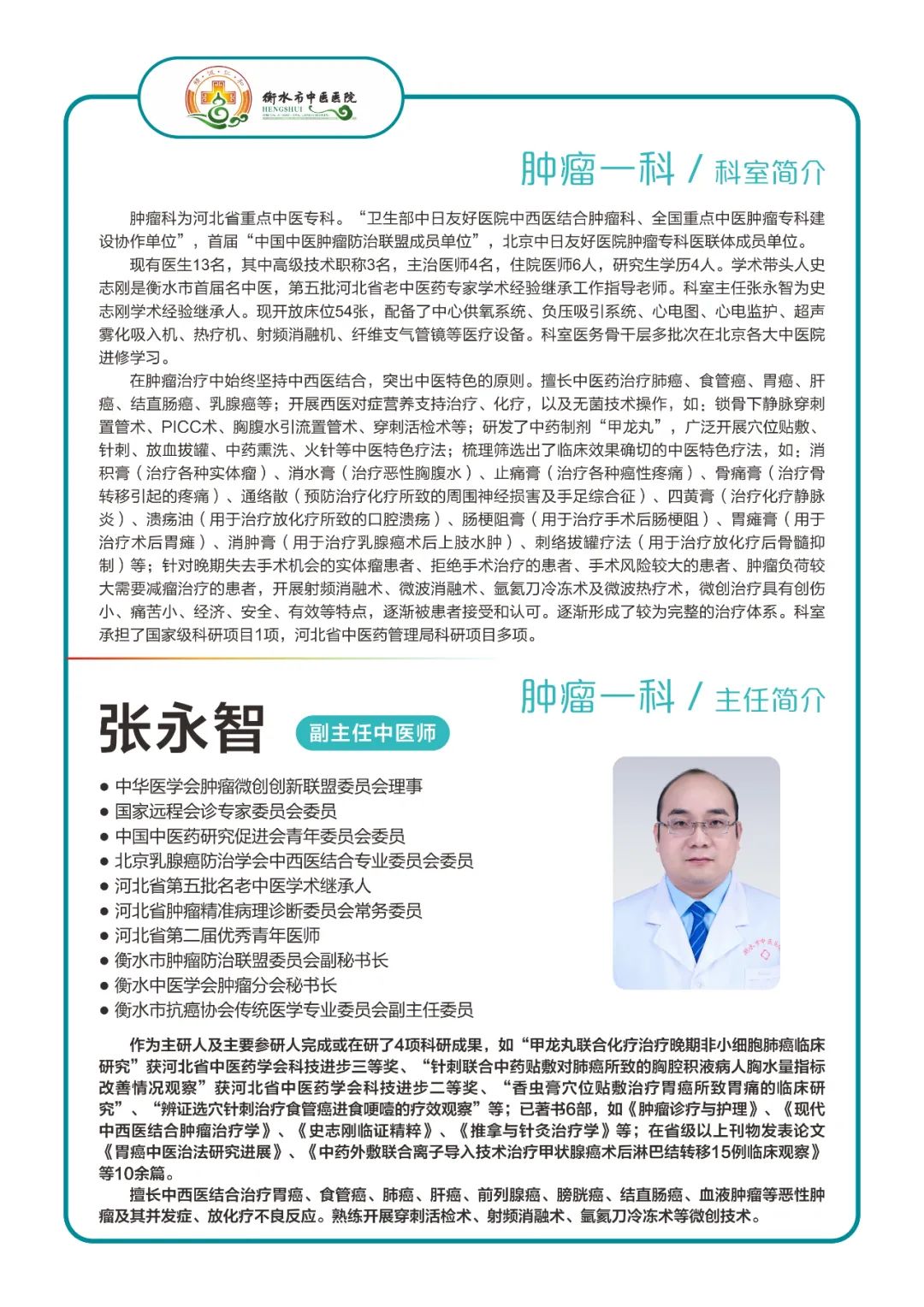 When we think of needles, we might recall the scene in “My Fair Princess” where Rong Mama uses a needle on Zi Wei. However, today we are not discussing Rong Mama’s needle, but a type of fire needle made from tungsten-manganese alloy.The fire needling therapy, known in ancient times as “chao ci” or “shao zhen”, was first recorded in the “Huangdi Neijing”. In the Ming Dynasty, Gao Wu’s “Zhen Jiu Ju Ying” states: “Needles can be applied to all parts of the body, except the face. In the summer, when the major channels are full of blood, it is strictly forbidden to recklessly use fire needles on the feet… Fire needles should be used to break abscesses and toxins that have erupted, with pus inside and no head on the outer skin, but only on soft, non-firm swellings.”This clarifies the therapeutic role of fire needles in treating tumors.Typical case: Li, a 70-year-old female patient with a ruptured breast tumor. Upon examination, the ulcerated area had a diameter of 5 cm, involved the ribs, and caused unbearable pain, prompting her to seek TCM treatment. Fire needles were applied around the tumor twice a week, and a traditional Chinese medicine powder was externally applied to the ulcerated area three times daily. After one week, pain relief was noted, and new granulation tissue appeared at the ulcer site. Combined with decoctions and acupuncture, after six months of treatment, the tumor disappeared, and the ulcer healed.What exactly is fire needling?Today, Zhang Xinqing, an attending physician in the oncology department of Hengshui Traditional Chinese Medicine Hospital, will guide us through six misconceptions about TCM treatment for tumors.In simple terms, fire needling is a TCM technique where a special needle is heated until red and then quickly inserted into acupoints to treat diseases. Historical records indicate that fire needling has a long history of use, characterized by its simplicity and rapid effectiveness. The mechanism primarily involves supporting the body’s Yang, warming the meridians, and expelling pathogenic heat. In terms of tumors, it has effects such as unblocking meridians and alleviating pain, detoxifying and reducing tumors, and promoting tissue regeneration.Tumors are not caused by a single external pathogen or internal injury, but rather by multiple factors interacting to cause disease. Clinically, they can be summarized as cold pathogens, heat pathogens, damp pathogens, and emotional distress leading to Qi stagnation and blood stasis. Qi stagnation and blood stasis can cause tissue fluid to leak out, forming phlegm-damp masses. The internal obstruction of phlegm-damp exacerbates Qi stagnation and blood stasis, along with cold and heat pathogens, leading to the internal generation of cancerous toxins and the formation of malignant tumors. Fire needling is a needling therapy with a warming effect, acting on specific acupoints to promote Qi and blood circulation. It can disperse cold pathogens, release heat pathogens, and regulate organ functions. For internal deficiencies and cold syndromes, it provides warming and tonifying effects, and its heat nature can dissolve pathological products such as phlegm and stasis.
When we think of needles, we might recall the scene in “My Fair Princess” where Rong Mama uses a needle on Zi Wei. However, today we are not discussing Rong Mama’s needle, but a type of fire needle made from tungsten-manganese alloy.The fire needling therapy, known in ancient times as “chao ci” or “shao zhen”, was first recorded in the “Huangdi Neijing”. In the Ming Dynasty, Gao Wu’s “Zhen Jiu Ju Ying” states: “Needles can be applied to all parts of the body, except the face. In the summer, when the major channels are full of blood, it is strictly forbidden to recklessly use fire needles on the feet… Fire needles should be used to break abscesses and toxins that have erupted, with pus inside and no head on the outer skin, but only on soft, non-firm swellings.”This clarifies the therapeutic role of fire needles in treating tumors.Typical case: Li, a 70-year-old female patient with a ruptured breast tumor. Upon examination, the ulcerated area had a diameter of 5 cm, involved the ribs, and caused unbearable pain, prompting her to seek TCM treatment. Fire needles were applied around the tumor twice a week, and a traditional Chinese medicine powder was externally applied to the ulcerated area three times daily. After one week, pain relief was noted, and new granulation tissue appeared at the ulcer site. Combined with decoctions and acupuncture, after six months of treatment, the tumor disappeared, and the ulcer healed.What exactly is fire needling?Today, Zhang Xinqing, an attending physician in the oncology department of Hengshui Traditional Chinese Medicine Hospital, will guide us through six misconceptions about TCM treatment for tumors.In simple terms, fire needling is a TCM technique where a special needle is heated until red and then quickly inserted into acupoints to treat diseases. Historical records indicate that fire needling has a long history of use, characterized by its simplicity and rapid effectiveness. The mechanism primarily involves supporting the body’s Yang, warming the meridians, and expelling pathogenic heat. In terms of tumors, it has effects such as unblocking meridians and alleviating pain, detoxifying and reducing tumors, and promoting tissue regeneration.Tumors are not caused by a single external pathogen or internal injury, but rather by multiple factors interacting to cause disease. Clinically, they can be summarized as cold pathogens, heat pathogens, damp pathogens, and emotional distress leading to Qi stagnation and blood stasis. Qi stagnation and blood stasis can cause tissue fluid to leak out, forming phlegm-damp masses. The internal obstruction of phlegm-damp exacerbates Qi stagnation and blood stasis, along with cold and heat pathogens, leading to the internal generation of cancerous toxins and the formation of malignant tumors. Fire needling is a needling therapy with a warming effect, acting on specific acupoints to promote Qi and blood circulation. It can disperse cold pathogens, release heat pathogens, and regulate organ functions. For internal deficiencies and cold syndromes, it provides warming and tonifying effects, and its heat nature can dissolve pathological products such as phlegm and stasis.

Effects of Fire Needling1.Fire needling has strong penetrating power. When heated to a red-hot state, the needle’s hardness increases, allowing it to quickly pierce the skin. The heat retained within the body has a significant tumor-reducing effect. At extremely high temperatures, it can kill tumor cells, causing superficial tumors or internal tumor lesions to shrink.2.Fire needling can improve the side effects of surgery, radiotherapy, and chemotherapy: surgical complications such as urinary retention and gastric emptying disorders, skin reactions from radiotherapy, dry mouth, gastrointestinal reactions from anti-tumor drugs, bone marrow suppression, hair loss, decreased immunity, and liver and kidney function damage.3.During chemotherapy, fire needling treatment can increase the concentration of chemotherapy drugs in the tumor area, enhancing the efficacy of chemotherapy.4.Fire needling can accelerate the excretion of tumors and their metabolic products, reducing local infiltration and pressure from tumors, blocking local nerve receptors, thereby alleviating cancer pain. Compared to solely using Western medicine for cancer pain, fire needling has fewer adverse reactions.5.Fire needling therapy can enhance the body’s immune function, achieving tumor suppression.6.Fire needling combined with targeted therapy and Chinese medicine can provide complementary advantages, alleviating clinical symptoms and improving the quality of life for patients.Indications for Fire NeedlingFire needling is particularly effective for superficial tumors such as breast cancer, lymphoma, parotid gland cancer, breast fibromas, breast tuberculosis, and lymph node tuberculosis.During the needling process, patients may experience sensations of soreness, numbness, and burning pain at the needling site, which will quickly subside after treatment.Precautions for Fire Needling1. Patients who are overly anxious, or have diabetes, hemophilia, or poor skin resistance should avoid fire needling.2. Fire needling can also be attempted for flat warts, moles, and tumors on the face. Ancient beliefs held that fire needling should not be used on the face due to the potential for small scars. However, modern fire needling techniques can use fine needles for shallow needling, which generally do not leave scars, making the prohibition against fire needling on the face not absolute.3. During fire needling treatment, avoid eating cold or raw foods.4. On the day of fire needling, the needle holes may appear red, or small red dots may form, or itching may occur. This is a normal reaction of the body to fire needling and should not be a cause for concern.5. If the needle holes itch, do not scratch them with your nails, as this may enlarge the red area and affect the next fire needling treatment.6. It is best not to bathe on the day of fire needling to protect the needle holes and prevent contamination and infection.7. The dual effects of fire needling in treating both cold and heat, as well as its ability to harmonize deficiencies and excesses, align closely with the pathogenesis of tumor occurrence and development.Article submitted and reviewed by:Tian Beibei (Oncology Department)Second review: Zhang Lisong, Li Jiaming, Kang Jingkai (Publicity Department)Third review: Niu Meng (Publicity Department)

Some content and images in this article are sourced from the internet. Copyright belongs to the original author. If there are any violations or infringements, please contact us for removal.




Like this article

Let’s go again

